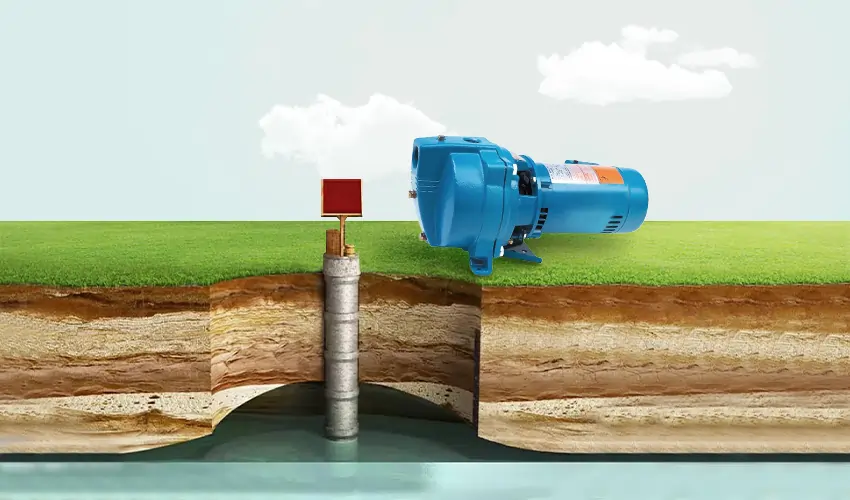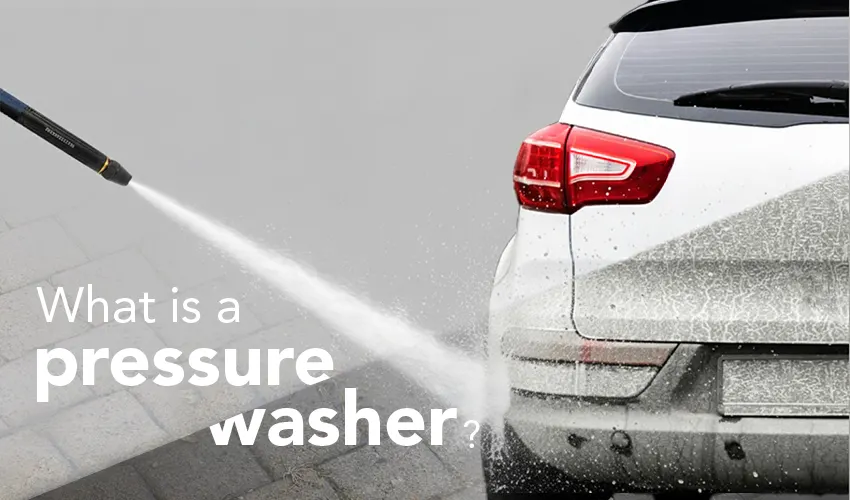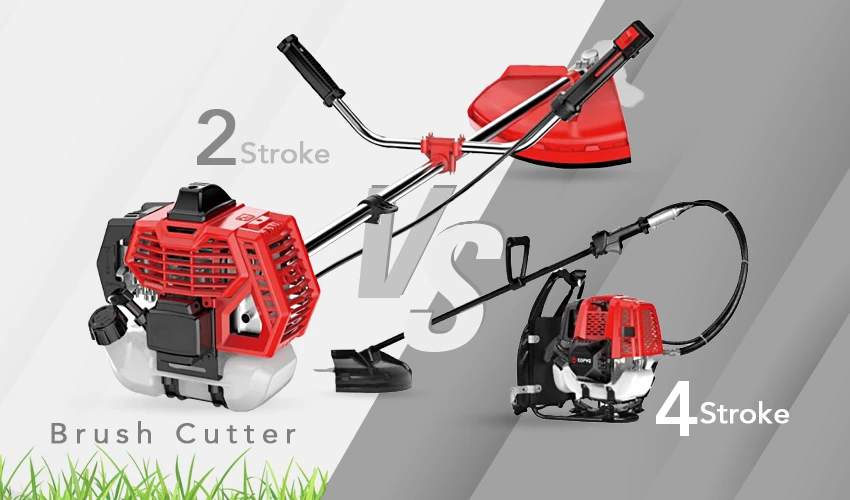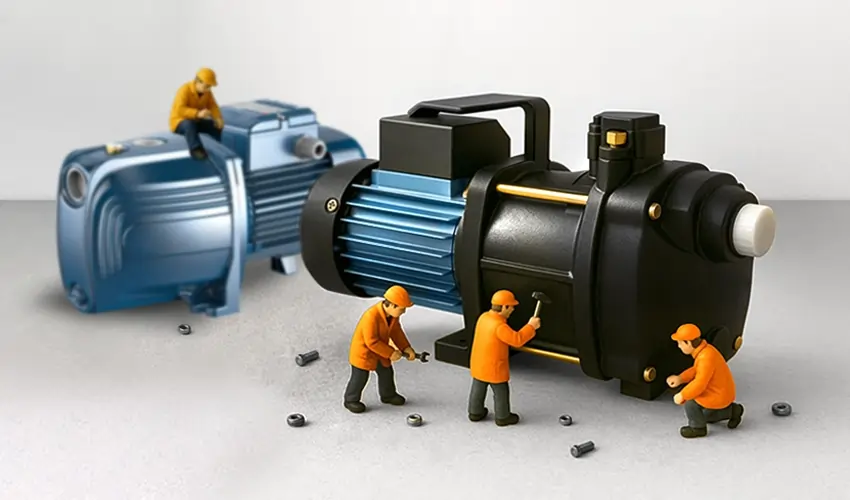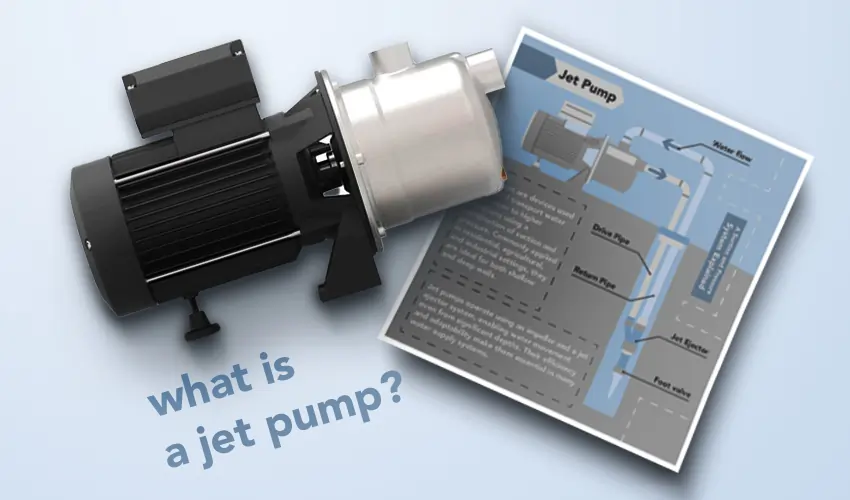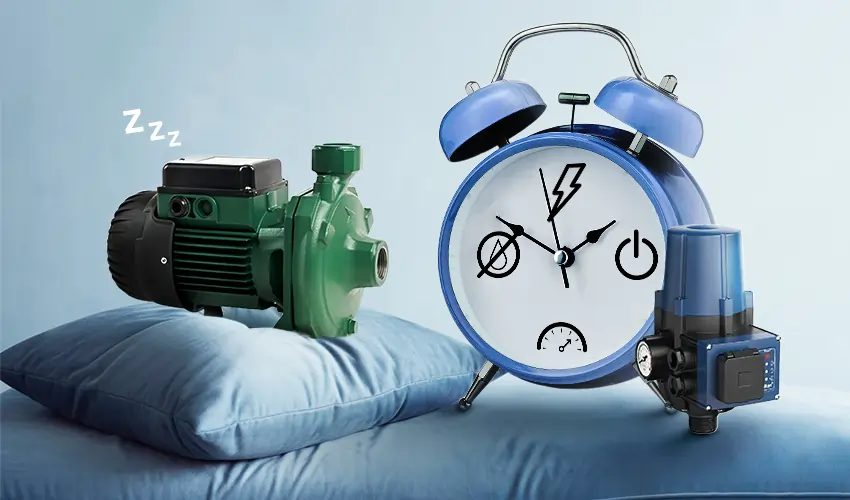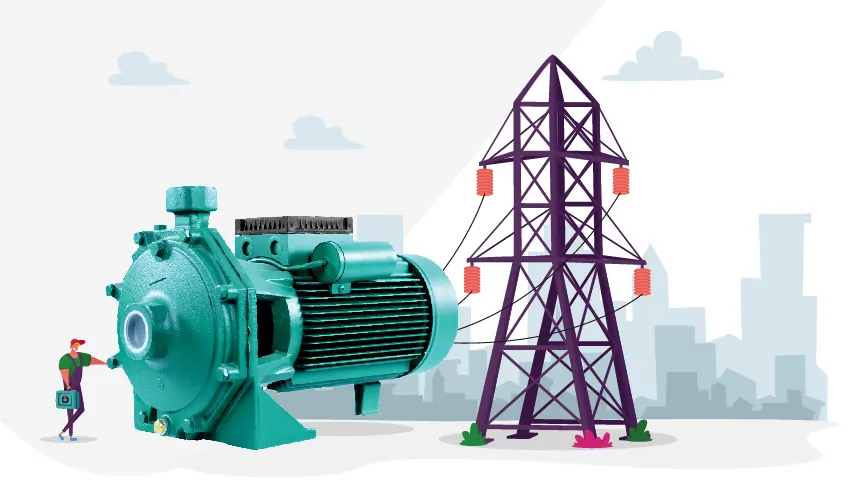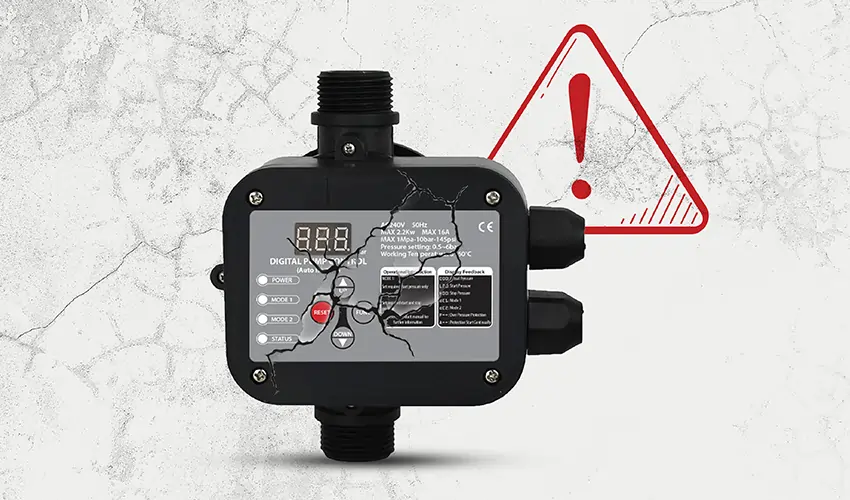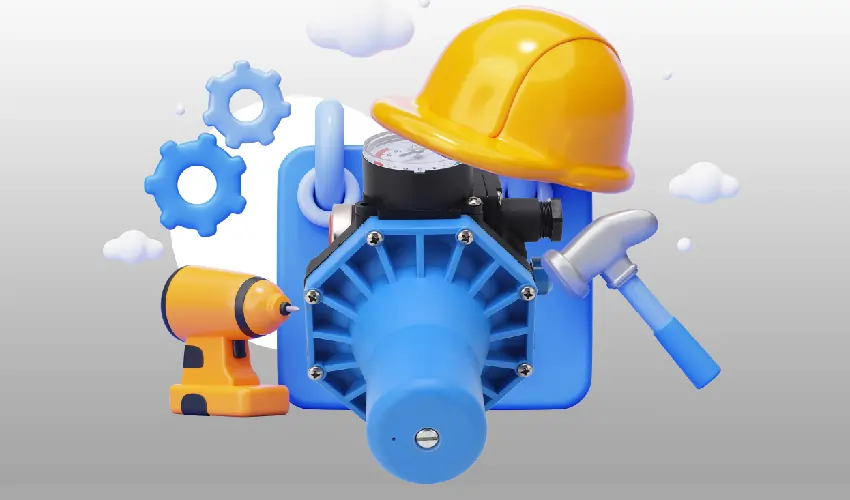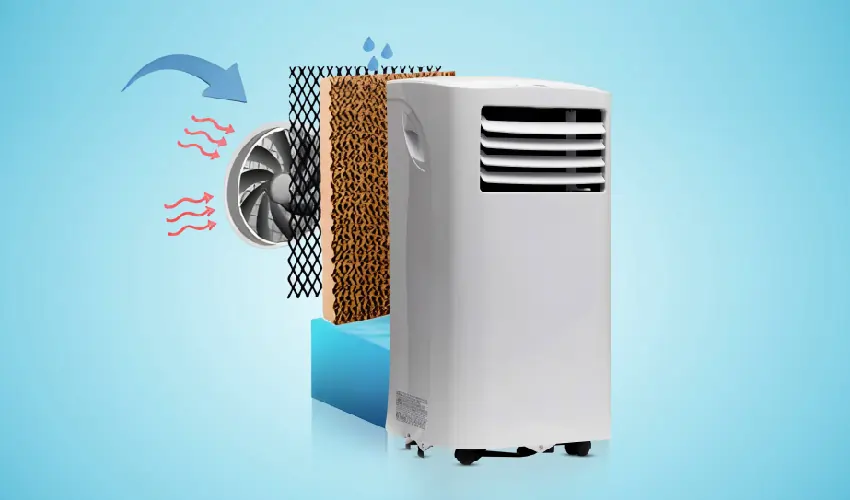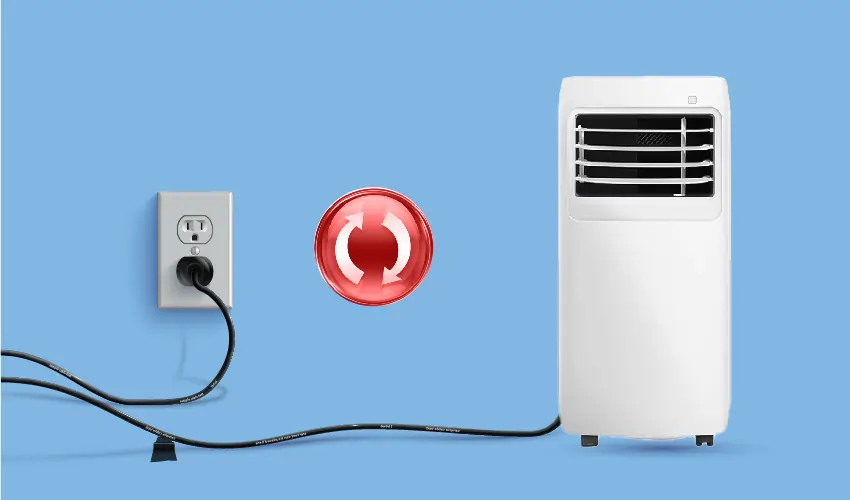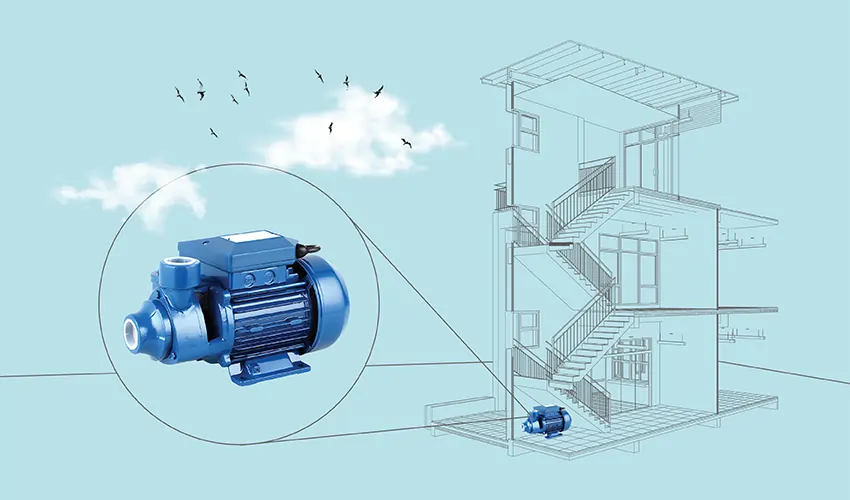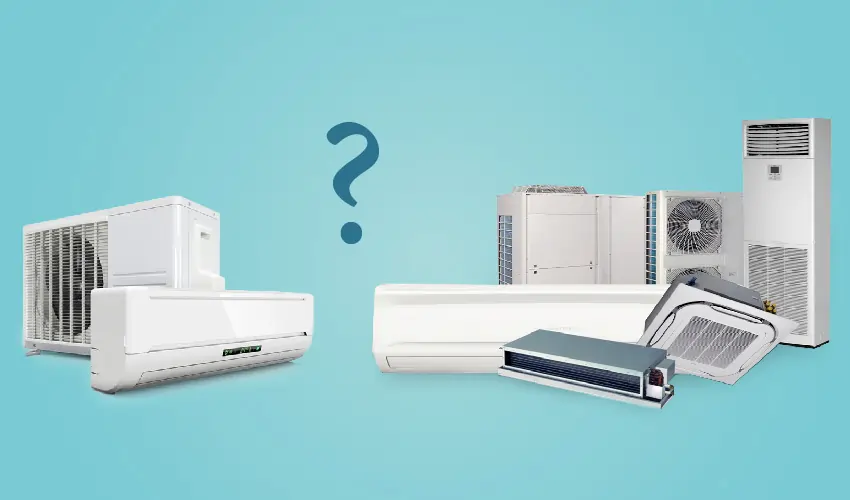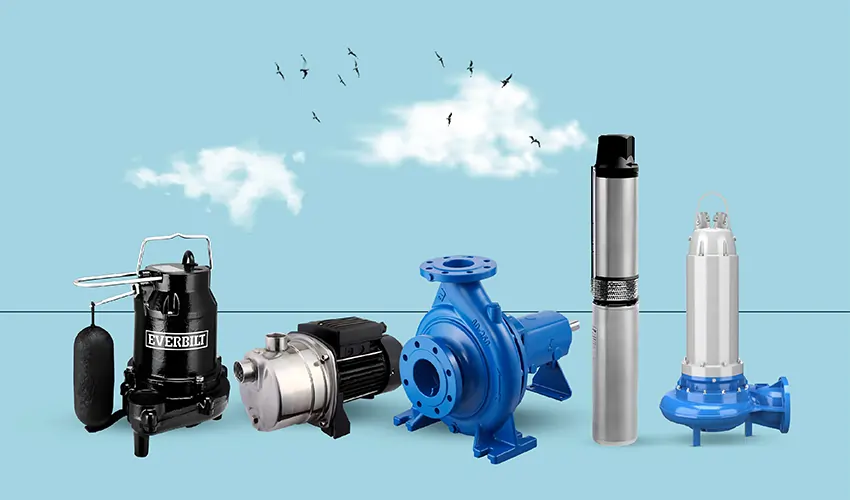What Is a Shallow Well Jet Pump?
While other pump types may be more suitable for deeper wells, the shallow well jet pump’s reliability, self-priming capability, and overall efficiency make it a valuable asset in situations where shallow water tables are prevalent.
Shallow Well Jet Pump
A shallow well jet pump is a type of water pump used to draw water from a relatively shallow water source, such as a well. It is designed to operate in wells where the water level is less than 25 feet below the ground surface. Shallow well jet pumps are commonly used for residential water supply, irrigation, and other applications where a moderate amount of water needs to be lifted from a shallow depth. Here are the main parts commonly found in a shallow well jet pump:
1. Motor: The motor is an essential component that powers the pump. It provides the necessary energy to drive the impeller and create the pumping action.
2. Impeller: The impeller is a rotating component inside the pump that generates a centrifugal force. This force is responsible for pushing water outward and creating the flow necessary for pumping.
3. Suction Pipe: The suction pipe extends down into the well and allows the pump to draw water. It is a conduit through which water is lifted from the well to the pump.
4. Jet Assembly: The jet assembly includes a nozzle and a venturi tube. The venturi effect, created by the constricted passage in the venturi tube, increases the speed of the water flowing through it, enhancing the pump’s suction capabilities.
5. Pressure Pipe: The pressure pipe carries water from the pump to the point of use, such as a building or irrigation system.
6. Check Valve: A check valve is often installed in the system to prevent water from flowing back down the suction pipe when the pump is not in operation. This helps maintain prime and prevents the pump from losing its prime.
7. Pressure Switch: The pressure switch is a device that monitors the water pressure in the system. It is responsible for starting and stopping the pump based on the pressure levels, ensuring that the pump operates when water is needed and shuts off when the desired pressure is reached.
8. Pressure Tank: In some installations, a pressure tank may be used to store water under pressure. This helps maintain a steady and consistent water supply by reducing the need for the pump to cycle on and off frequently.
9. Foot Valve: In some systems, a foot valve is installed at the bottom of the suction pipe to maintain water in the suction pipe and prevent the pump from losing prime when it is not in operation.
10. Pressure Gauge: A pressure gauge is often installed to measure the pressure in the system. This allows users to monitor the pump’s performance and make adjustments as needed.
How Do Shallow Well Jet Pumps Work?
Here’s a basic explanation of how a shallow well jet pump works:
1. Suction Pipe: The pump is connected to a suction pipe that extends down into the well. The suction pipe allows the pump to draw water from the well.
2. Impeller: Inside the pump, there is an impeller that rotates. The impeller creates a centrifugal force, which pushes water outward.
3. Jet Assembly: The pump has a jet assembly that includes a nozzle and a venturi tube. The venturi tube is a constricted passage that increases the speed of the water flowing through it.
4. Pressure Pipe: The pump is also connected to a pressure pipe, which delivers water from the pump to the point of use, such as a household plumbing system.
5. Suction and Pressure Chambers: The pump has two chambers—one for suction and one for pressure. The suction chamber is connected to the suction pipe and draws water into the pump. The pressure chamber is connected to the pressure pipe and pushes water out of the pump.
6. Check Valve: There is typically a check valve in the system to prevent water from flowing back down the suction pipe when the pump is not running.
As the impeller rotates, it creates a flow of water into the suction chamber. The water is then forced through the jet assembly, where the venturi effect helps to increase its speed. The high-speed water creates a suction force that helps lift water from the well. The pressurized water is then delivered through the pressure pipe to the point of use. It’s important to note that shallow well jet pumps are suitable for wells with water levels up to about 25 feet. If the water level is deeper, a deep well jet pump or a submersible pump may be more appropriate.
Benefits of Shallow Well Jet Pumps
Shallow well jet pumps offer several benefits, making them a popular choice for certain applications.
Here are some of the key advantages of using shallow well jet pumps:
1. Cost-Effective: Shallow well jet pumps are often more affordable than other types of pumps, such as submersible pumps. This cost-effectiveness makes them an attractive option for homeowners or businesses on a budget.
2. Ease of Installation: Shallow well jet pumps are relatively easy to install and maintain. They can be set up above ground, which simplifies the installation process compared to submersible pumps that require submersion in the well. 3. Versatility: These pumps are versatile and can be used for various applications, including residential water supply, irrigation, and small-scale agricultural use. They are suitable for wells with water levels up to around 25 feet.
4. Compact Design: Shallow well jet pumps typically have a compact design, making them suitable for installations where space is limited. The compact size also contributes to easier handling and transportation. 5. Efficient for Shallow Wells: As the name suggests, shallow well jet pumps are specifically designed for wells with shallow water tables. They are efficient at lifting water from depths of up to 25 feet, making them ideal for regions with high water tables.
6. Easy Access for Maintenance: Since shallow well jet pumps are installed above ground, maintenance and repairs are generally more accessible. This makes it easier for homeowners or technicians to inspect and service the pump when needed.
7. Self-Priming Capability: Shallow well jet pumps are often self-priming, meaning they have the ability to create suction and draw water into the pump without the need for external priming. This feature simplifies the startup process.
8. Reliability: When properly installed and maintained, shallow well jet pumps can be reliable and provide a consistent water supply. Regular maintenance, such as checking for air leaks and ensuring proper lubrication, can help extend the pump’s lifespan. While shallow well jet pumps have these benefits, it’s essential to choose the right type of pump based on the specific well conditions and requirements. If the water level is deeper, a different type of pump, such as a deep well jet pump or submersible pump, may be more suitable.
Conclusion
In conclusion, shallow well jet pumps offer a cost-effective and versatile solution for lifting water from relatively shallow wells. Their compact design, ease of installation, and accessibility for maintenance make them a practical choice for residential water supply, irrigation, and other applications. With components such as the impeller, suction and pressure pipes, pressure switch, and check valve working in tandem, these pumps efficiently draw water from wells with water levels up to approximately 25 feet.

